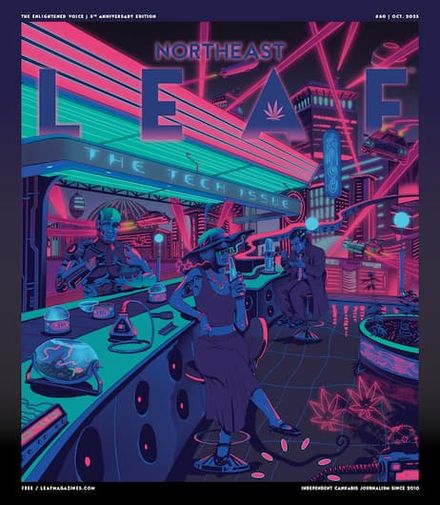At the psychedelic “churches” where I live in Oakland, California, there are many types of psychedelic mushrooms on offer. In fact, there are so many different mushroom strains available that one of the places I visit presents them in a laminated menu as long as the one at The Cheesecake Factory. Tinted with blue hues, psychedelic mushrooms come in an array of shapes and sizes. Variations in potency occur due to factors such as how they’ve been dried or which flush cycle (aka batch) they are grown in. Like Cannabis, there are many different strains, but how does one know which types work best for the potency and effects they’re looking for? With a seemingly infinite number of variables, how do you choose a strain?
“It starts to get hectic,” Seth Warner said of the long lineage of psychedelic mushroom crosses. “I mean, right now, there’s thousands. Probably, I don’t know, there could be tens of thousands of strains that have come into existence.”
Psilocybe Cubensis
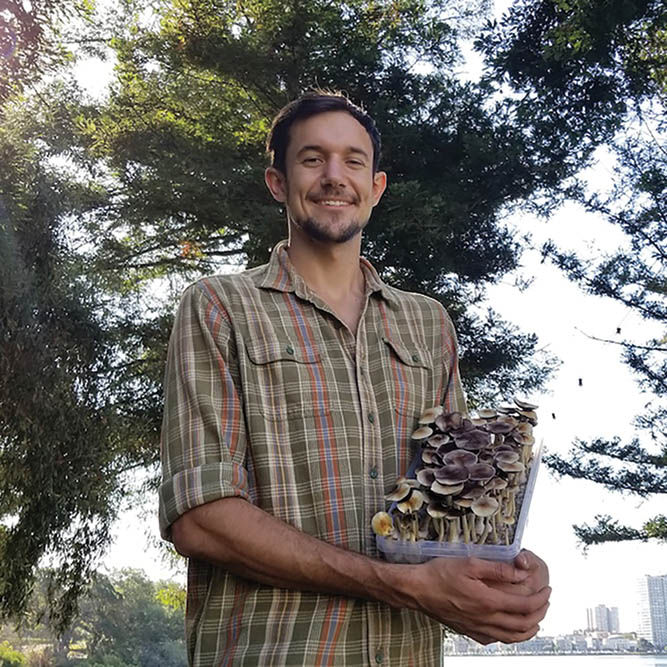
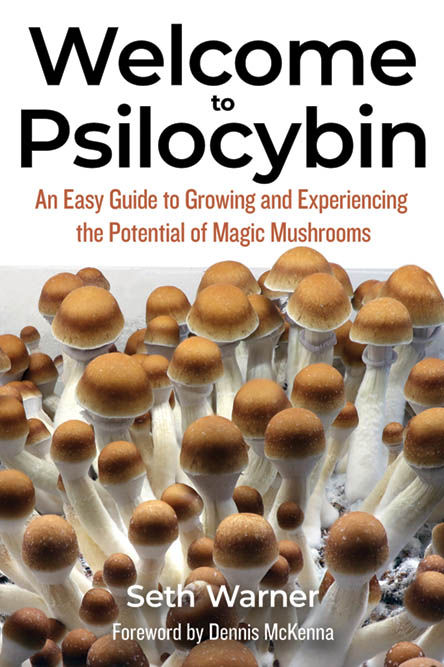
Warner, the author of “Welcome to Psilocybin: An Easy Guide to Growing and Experiencing the Potential of Magic Mushrooms,” explains that the vast majority of psychedelic mushrooms that you’ll find are all within one species: Psilocybe cubensis. Within that species, variations occur through cultivator selections based on factors such as how well each batch flushes, certain physical features (including mutations) and potency.
“Often [cultivators] will do a spore to clone, grow out the clone, get spores from that and then continue down this path for, in some cases, years and years,” Warner said. “This is a hobby with people that really dedicate their lives to the work. Obviously, with some cases, that’s because of financial returns. And, in some cases, people are just super stoked. They just love mushrooms so much.”
Creating something new and unique has always been a financial incentive in the world of psychedelic mushrooms, but Warner says when it comes to making new types with different effects, there are only really subtle variations.
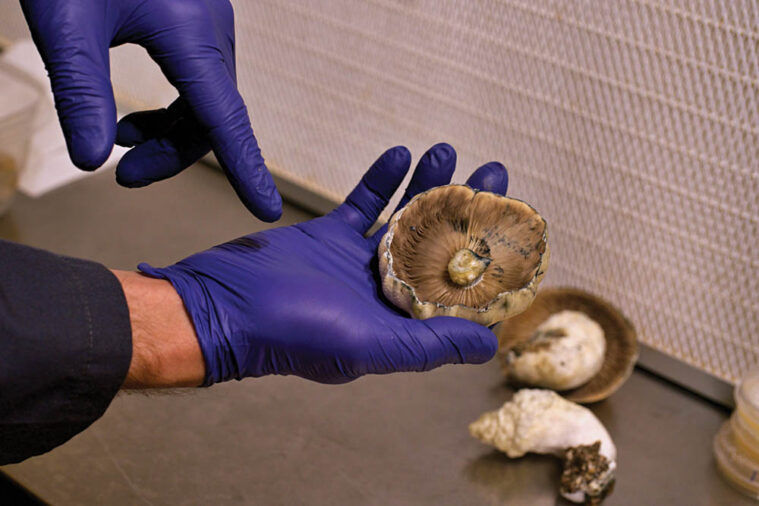
“This is where I get into a little bit of a squabble with people that sell mushrooms,” he said. “They want to highlight the variation in effects as much as possible because giving you those options makes you more enticed in the space at large. It’s like the cereal aisle: It’s all sweetened corn, but they’re going to sell this different idea behind it.”
Warner explains that the variation in effects between mushrooms in the cubensis species is really a variation in potency more than anything.
“Some people will be like, ‘This one’s more spiritual, and this one’s more of a heavy-hitter — it’s way more visual,’” he said. “To be honest, there is some amount of that that’s true. But in my experience with mushrooms, it seems like the potency is, by and large, the main experience.”
In the Lab
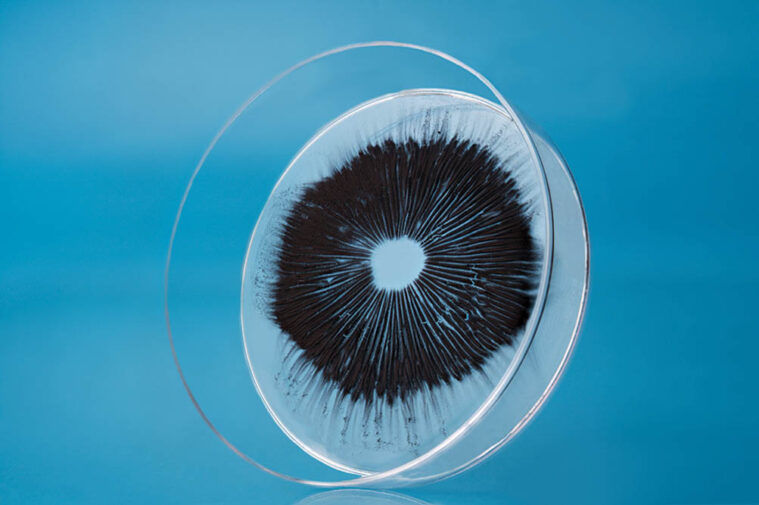
Lab testing for psychedelic mushrooms is still in its infancy, but with so many potential deviations in a given strain’s effect, it’s the only way to get a reliable dose.
“If we take a really classic common strain like Golden Teacher, there’s a number of different ways to describe the potency, but I think the easiest to understand is milligrams of active compounds per gram, and that would be the psilocin slash psilocybin,” Warner said. “There’s variation in so many ways in the mushroom.”
For example, in a single mushroom, there’s a difference in the potency depending on whether the dose is from the cap or the stem. It’s not always the case, although Warner says that the caps are a bit more potent overall.
“Then, you also have the other variations from one mushroom to another,” he said. “Inside of one flush of mushrooms, there’s some variation. Some will be more potent the first flush — and I’d say that’s more common — but you’ll have some that are slightly more potent on later flushes.”
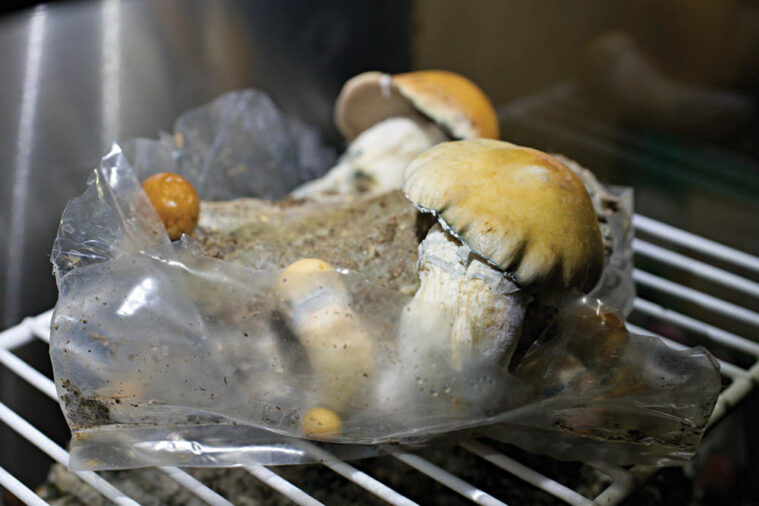
When it comes to psychedelic mushrooms, people look for hard and fast rules that are easy to understand, but Warner says the “unfortunate reality is that the amount of variation and the way that variation affects each batch of mushrooms, it’s somewhat unpredictable.”
Tracy Stansbury, the founder of Lotus Entheogenic Church, which is located along the old Pony Express route in Oakland, California, agrees.
“Knowing that every mushroom, every individual mushroom, has its own potency based on when it was harvested, to how large it is, to which flush it is, it’s really hard to pinpoint, on a large scale, accuracy when it comes to testing,” Stansbury said. “I always tell people to look at the size of the mushroom and then gauge from there because, gram for gram, every mushroom is different as far as potency-wise.”
Stansbury recommends that psychonauts looking for consistency will have the best experiences with mushroom chocolates that have been individually dosed, meaning that the amount of mushrooms in the chocolates have been independently measured and mixed as opposed to bulk batches.
When it comes to the measurement of milligrams of active psychedelic compounds per gram, Warner says that the variation in a strain like Golden Teacher runs the gamut of 4 milligrams per gram up to 12 milligrams per gram.
“Everybody wants this classic strain, Golden Teacher, and that’s because it has the best brand recognition in a way,” Warner said. “You know? It’s a Golden Teacher. You’ve heard of it, you trust it, you know it … but that mushroom is tougher to grow at scale. It doesn’t grow, it doesn’t fruit as well [as others]. So, you know, people want it. It’s really common, but actually, for the potency, it doesn’t do well in the real estate it requires.”
Within the cubensis species, Warner says that strains can get as potent as 24 or 25 milligrams per gram.
Research on Optimal Dosing
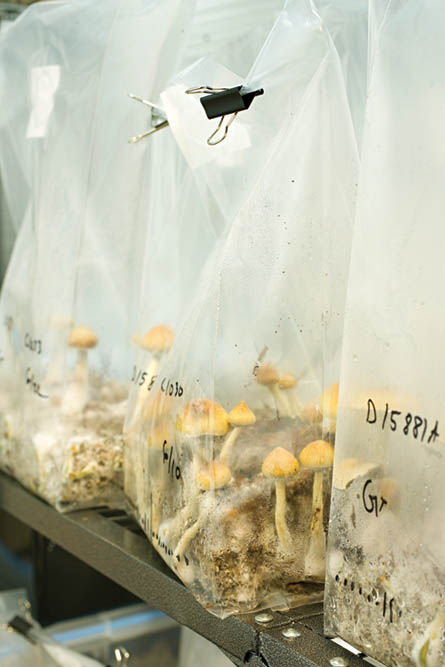
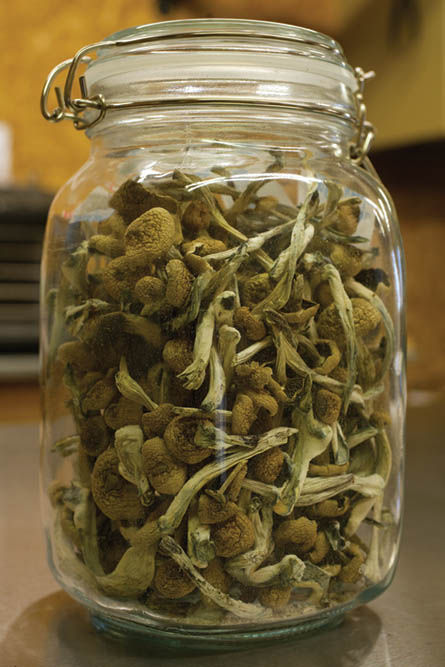
Research conducted by Johns Hopkins University and released in 2021 attempts to uncover optimal dosing for a psilocybin fixed dose. The study measures subjective effects of psilocybin — mystical, challenging and intensity — and cites 25 milligrams as the “fixed dose that is currently being evaluated in registration trials for major depressive disorder.”
What the study does not address is the active psychedelic compounds within that measured dose. Warner says this is like imagining the standard dose for Cannabis is 1 gram, regardless of the potency of individual strains.
Without lab testing, the potency of psychedelic mushrooms greatly varies. In relatively common strains like Penis Envy, there’s a huge disparity.
“There’s like over 100, probably, strains of Penis Envy,” Warner explained. “And then it’s like if you’re getting somebody who’s saying it’s just Penis Envy, you gotta kind of wonder. But what I’d say is there should be a classic milligrams per gram. I really think that needs to be the standard for how we’re buying mushrooms. There should be a lab test.”
Within guidelines for safety in hallucinogens (aka ways to avoid a “bad trip”), the Johns Hopkins research recommends understanding your history in terms of severe psychiatric disorders, establishing trust and rapport with the person who is guiding the journey (aka your “trip sitter”) and having a safe physical environment.
Regardless of what particular strain you have, both Stansbury and Warner recommend people who are interested in trying psychedelic mushrooms start with a small amount. For Warner, a microdose of a mushroom with an average potency means a dose of 0.1 or 0.2 grams.
“It’s best if you just kind of start off with a little bit, and then see how that affects you, and then go forward,” Stansbury said.









